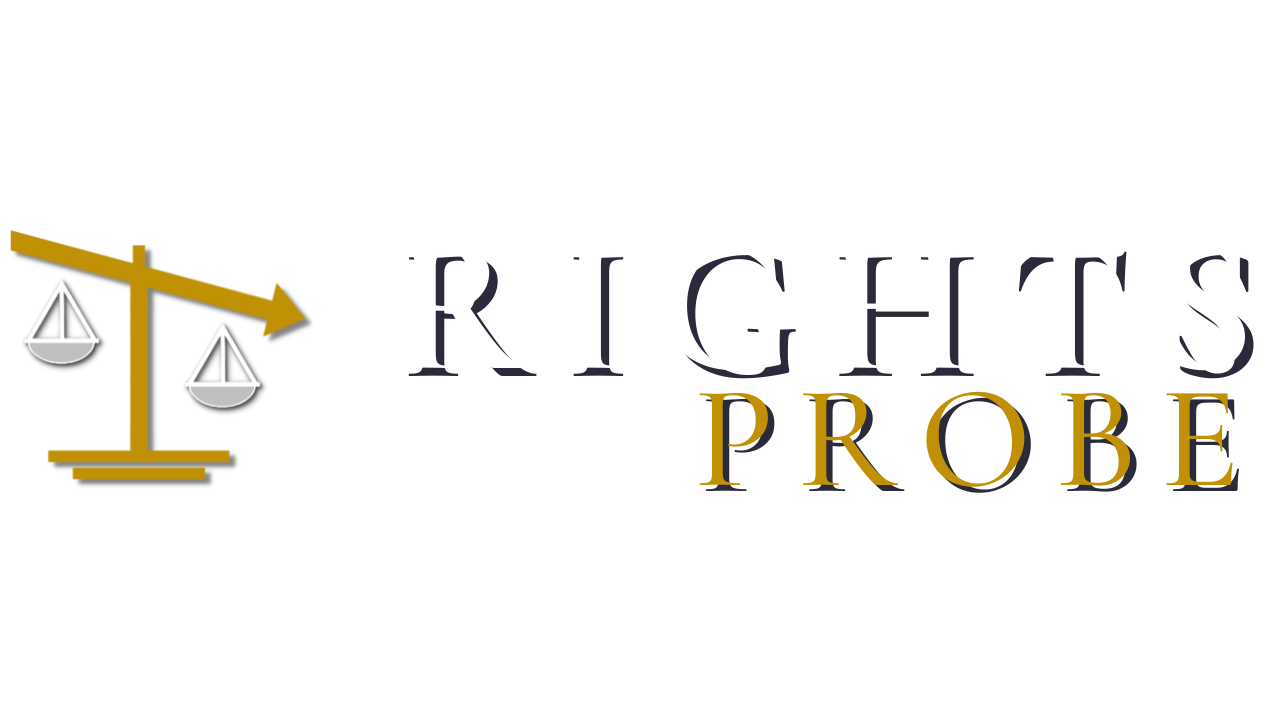With recent rulings, courts cast aside traditional deference to executive, legislative branches
By Sean Fine | Published by The Globe & Mail
Summary
A ruling by Federal Court Justice Henry Brown calling on Prime Minister Justin Trudeau and his cabinet to appoint more judges, fast, marks a series of cases in which federally appointed judges have asserted themselves. Traditionally, judges in Canada stay away from telling the Prime Minister, cabinet and the legislative branch what to do, based on the underlying idea of the “separation of powers” among the different branches of government.
This piece by Globe & Mail justice writer, Sean Fine, looks at several instances in recent times where courts have left the default of deference to cabinet and legislators behind.
Some legal experts quoted refer to this as a growing trend. Bruce Pardy, executive director of Rights Probe and a professor of law at Queen’s University, views judges’ deference as selective. He notes that some judges “have become increasingly deferential to government policies and administrative decisions when they are progressive, but not when they push in the other direction.”
A full response from Bruce Pardy to the trend described in the Globe & Mail article follows:
In my opinion, court decisions have followed four trends over a period of decades: (1) Canadian courts have become steadily more “progressive” in their perspectives and expectations; (2) Courts believe ever more steadfastly in the necessity for an administrative state and managerial policy; (3) They have become policy-making bodies – “activist” if you like – and ready to craft social policy when needed (rather than limiting themselves to applying the law); (4) they have become increasingly deferential to government policies and administrative decisions when they are progressive, but not when they push in the other direction.
Recent high-profile decisions are mostly consistent with this pattern: the SCC decision on the French language education case from the NWT, the BC case on drug use in public places, the Ontario case against the wage restraint legislation, the Ontario Divisional Court decision on the Peterson re-education order from the College of Psychologists, the Saskatchewan case on the pronoun policy, and perhaps even the Federal Court case on judicial appointments.
The Emergencies Act decision may be the main outlier, and not coincidentally, the best decision of the lot, at least in my view. The main issue in the Emergencies Act case was whether the requirements of the statute had been met. (The validity of the statute itself was not challenged, only its invocation.) The statute clearly laid out its requirements, and the judge did a straight-up job of applying the requirements to the facts. He stuck to his knitting, in other words.
The plastic regulation case and the IAA decision from the SCC might seem to be outliers, but they are both division of powers cases and narrower than they might appear. The SCC has been sympathetic to federal powers in the past, especially when they push progressive causes (the carbon tax case, for example), but I don’t regard these two cases as significant reversals of any of these trends.
